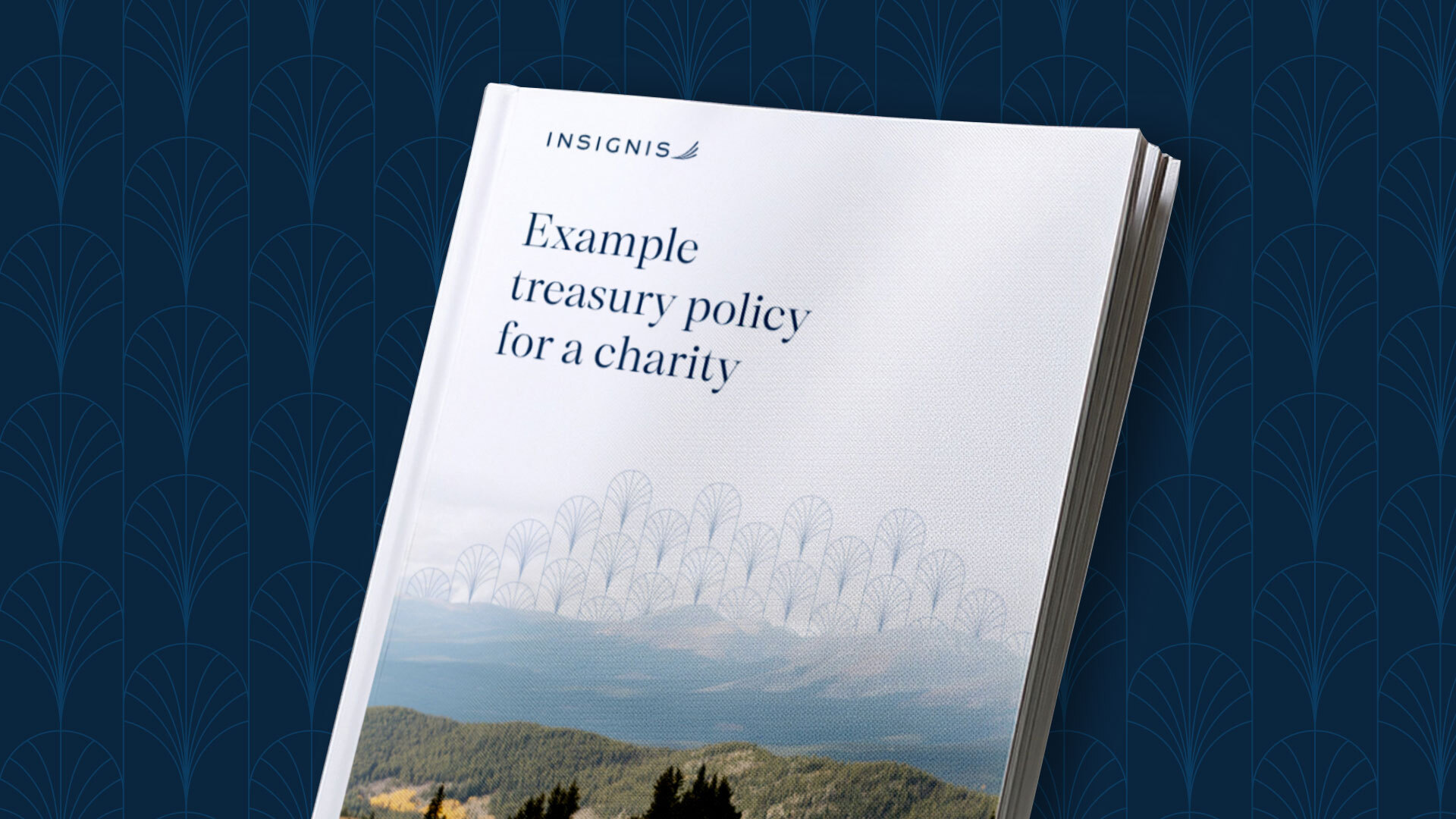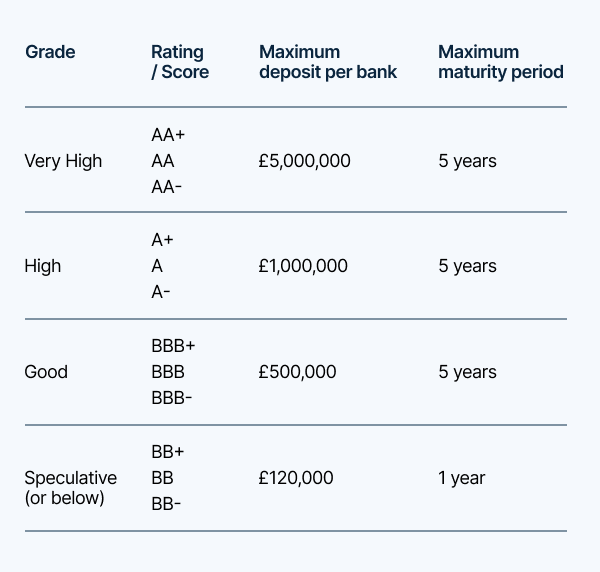
Charities and not-for-profit (NFP) organisations often face significant financial responsibilities. They’re subject to irregular funding cycles, donor scrutiny, and the need to create and maintain clear audit trails to ensure that general and restricted funds are handled appropriately — and they’re held accountable by the people they serve and the charity commission.
The key guidance document from the Charity Commission, Charities & Investment matters: A Guide for Trustees (CC14) explains the duty to ensure that money is managed responsibly.
That’s where a treasury policy can help. This short document outlines how your organisation should handle its financial resources, including cash, borrowing, investments, banking relationships, and risk.
Ultimately, a good treasury policy helps ensure sound financial practices and clear audit trails, while keeping key stakeholders (directors, trustees, and finance teams) on the same page when it comes to managing and allocating a charity’s funds.
We share what a treasury policy for a charity might look like. Download your copy here.
Designing your charity’s treasury policy from scratch? Below, we outline what you need to include and explain why each section is important.
However, because we’re feeling charitable ourselves, we’ve created a free treasury policy template for charities and NFPs. Click the link to grab your copy.
Your treasury policy should start with a section that outlines why the policy exists (its purpose) and what it covers (its scope).
To ensure accountability, control, and compliance, the next section of your document should clarify the treasury decision-making roles and responsibilities in your organisation, and the oversight structures (e.g., trustees, finance committee, investment subcommittee).
The charity’s governing board will generally have the overall responsibility for approving the policy and maintaining financial oversight. However, they may choose to delegate this responsibility on a day-to-day basis to the financial director to ensure the policy is being followed while managing cash flow, banking, investments, and reporting.
Helpful link: Charity Governance Code
The next section should clearly communicate the key goals of your treasury policy. These might include some or all of the following:
This is a vital part of the document, as these objectives will ultimately guide your organisation's treasury decisions and practices.
In managing its financial assets, the Charity is exposed to the following key risks:
The credit risk section of the policy document outlines how your charity should manage the risk of financial loss if a bank or financial institution fails to meet its obligations.
In other words, how do you protect your organisation’s money against loss if a bank collapses?
This might be a pledge to:

This part of your policy document should set maximum exposure levels to any single bank or financial institution to help reduce risk. The aim here is to avoid over-reliance on any one provider, protecting charity funds from potential financial losses.
For example, you may want to specify limits on the amount that can be deposited with an approved counterparty, or base those limits on factors such as credit rating, account type, or term length (as shown in the table above).
You may also want to include a requirement to spread funds across multiple institutions, each with their own unique banking licence, to take advantage of the FSCS protection.
Join leading UK charities using our platform to earn more interest on their savings.
With a single application, your organisation can access a wide selection of competitive savings accounts from our carefully chosen banks and building societies.
Broaden your access to deposit accounts through a single application, helping you generate more interest on your savings and grow your funds without adding to your administrative workload.
See how it works.
.png)
Including a reference chart comparing credit ratings from major agencies (for example, Standard & Poor’s (S&P), Moody’s, and Fitch) can help your treasury staff assess the financial strength of counterparties. It also gives them an at-a-glance table to:
This section of the policy document should outline how your charity ensures it has sufficient cash reserves to meet its financial obligations.
In short, the responsible person (e.g., CFO, finance director, or charity business manager) should monitor and forecast short- and long-term cash flow, maintain a minimum cash balance for operational needs, and align investments with the expected timing of payments.
The goal is to make sure the organisation can always meet its day-to-day and unexpected expenses without disruption or breaching your charity’s reserve policy.
This section describes the types of financial instruments the charity is allowed to invest in. You may want to include:
The aim is to protect capital, ensure accessibility, and earn a return within an acceptable level of risk.
Following on from the previous section, this part of the policy outlines how and by whom investment decisions are made.
It should clearly state who is responsible for making decisions (e.g., finance director, finance committee, or senior management) and the criteria required to ensure investments meet safety, liquidity, and return objectives.
Essentially, approved procedures must be followed to ensure all investment decisions are prudent, transparent, and accountable.
This is an optional section that you may want to include, depending on your charity’s commitment to ethical and responsible financial practices.
Note: This part hasn’t been included in our treasury policy template.
If you want to align your treasury decisions with your organisation’s values and mission, having ESG investment criteria can help ensure that your charity’s surplus funds don’t support activities that conflict with its mission or purpose.
Key elements may include:

For more insights into the ethics of different UK banks, read the Ethical Consumer's Bank Guide.
The penultimate part of your charity’s treasury policy outlines how you’ll track and review treasury activities to ensure compliance, performance, and transparency.
You may want the report to include:
This report might be produced monthly, quarterly, or when requested.
Finally, the document should conclude with a commitment to review the policy to ensure it’s still fit for purpose. This is typically done annually, but you can also decide to review things when there are significant changes (e.g. in regulations or to financial strategy).
There are several benefits to implementing a treasury policy in a charity or NFP, including:
Ready to strengthen your charity’s financial governance? Download our free treasury policy example to help you create or update your own policy.